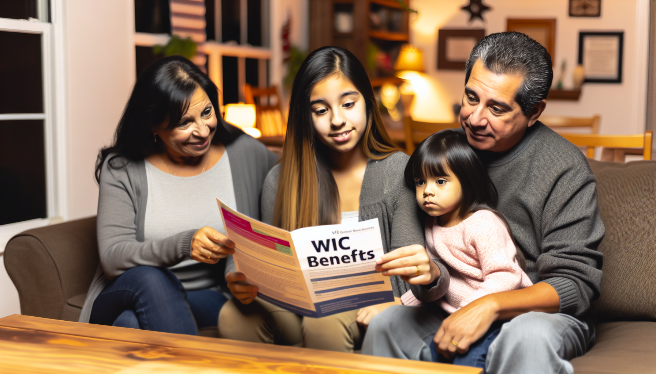Navigating the world of financial aid can be daunting, but assistance programs like WIC are crucial for families in need. WIC stands for Women, Infants, and Children, and it serves as a lifeline for many. Let’s break down how this program works so you can determine if it’s the right fit for you and yours.
What Is WIC?
WIC is a federal assistance program designed to help pregnant women, new mothers, and young children who are at risk for poor nutrition. The program offers not only food assistance but also nutrition education, breastfeeding support, and referrals for healthcare. Funded by the U.S. Department of Agriculture (USDA), WIC is typically administered by local health departments or community agencies.
Eligibility Requirements
To qualify for WIC, there are a few boxes you’ll need to tick. Eligibility is determined by nutritional risk and income level. Generally, you must meet income guidelines that are 185% below the U.S. Poverty Income Guidelines. Being a recipient of Medicaid, SNAP, or TANF might automatically qualify you. Additionally, pregnant women, breastfeeding women (up to infant’s first birthday), non-breastfeeding postpartum women (up to six months after the birth of an infant or after pregnancy ends), infants, and children up to the age of five are eligible if they meet the criteria.
Applying for WIC
To apply for WIC, you’ll usually need to set up an appointment with your local WIC office. Bring proof of income, residency, and identification for yourself and your child, as well as any documentation that shows you participate in other assistance programs. During the initial meeting, WIC staff will check to see if you or your child is at nutritional risk and will determine eligibility.
Benefits Provided
So, what do you actually get? WIC benefits often come in the form of checks or an electronic benefits transfer (EBT) card which can be used to purchase specific types of food. These foods are tailored to supplement your diet with specific nutrients that aid in the healthy development of children, such as protein, calcium, iron, and vitamins A and C.
How To Use WIC Benefits
Using WIC is similar to using other food assistance programs. You’ll shop at WIC-authorized stores and pick from a special WIC food list that includes things like milk, whole grains, fruits and vegetables, baby formula, and more. Your designated WIC shopping list will guide you on what and how much you can buy with your benefits.
Miscellaneous Tips and Considerations
- Keep track of your WIC appointments and re-certify before your benefits expire to receive ongoing support.
- Always bring your WIC ID, folder, and checks or EBT card when you shop.
- Educate yourself on both federal and state WIC policies to maximize your benefits.
- Make the most of the additional resources WIC provides, such as nutrition classes and breastfeeding counseling.
While managing tight budgets and deciphering assistance programs can feel overwhelming, remember that programs like WIC are designed to support you. Don’t hesitate to reach out to your local WIC office or community groups for help. It takes a village, and no one should have to go it alone when navigating these choppy financial waters.



